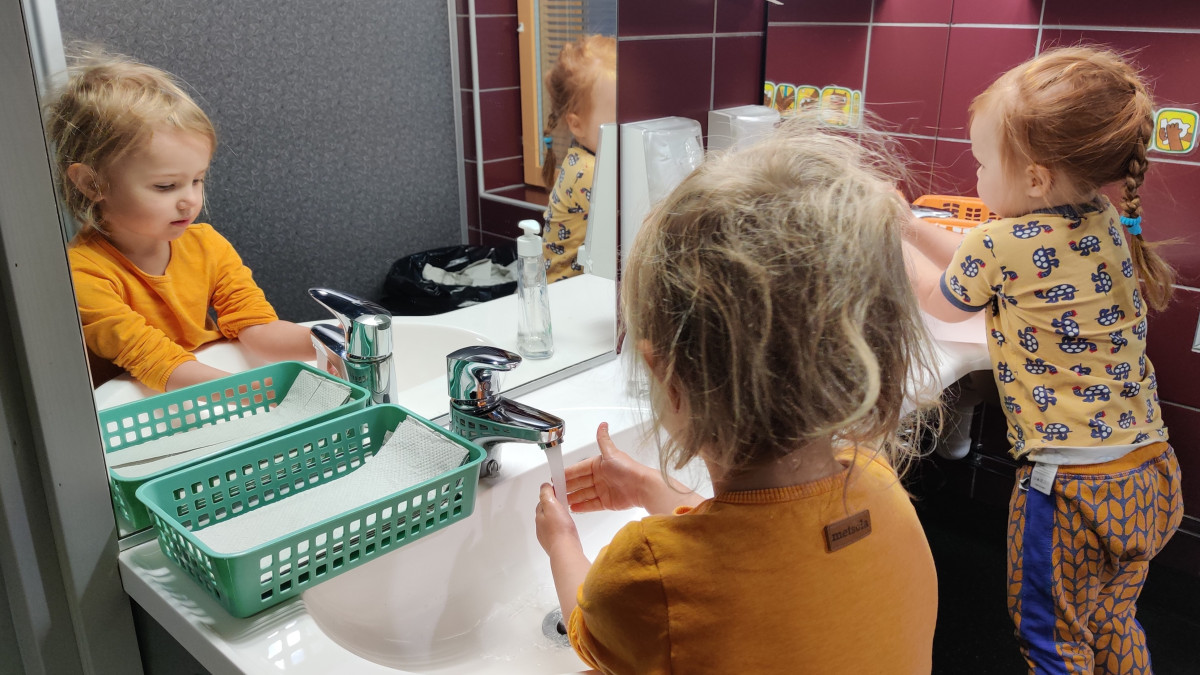
Imatra has been approved for UNICEF's Child-Friendly Municipality model
The work starts in January. At Imatra, the Child Friendly Municipality coordinator is responsible for the progress of the work Kirsi Mäyrä and coordination group, which includes representatives of the municipality's various industries, and to which municipal decision-makers, representatives of children and youth, and the third sector are invited. In Imatra, the coordination group is chaired by the city's liaison manager Tea Laitimo.
- We are really happy to have access to this UNICEF Child-Friendly Municipality model. The city signs a cooperation agreement with UNICEF at the beginning of the year. In January, we will have an initial orientation for the new municipal coordinators who have joined the model, where we will discuss the issues related to the coordination and start-up of the Child-friendly municipality, says Kirsi Mäyrä.
Towards UNICEF's Child-Friendly Municipality recognition
If the municipality's work has progressed as set by UNICEF criteria in accordance with this, Imatra is awarded the Child-Friendly Municipality recognition. The development work of new municipalities starting in the model before recognition takes a little over two years.
- Municipalities play a key role as protectors and verifiers of children's rights. The child-friendly municipality model helps municipalities make the right solutions in terms of children's well-being in everyday services and municipal administration, says a special expert on child-friendly administration Sanna Koskinen from UNICEF Finland.
UNICEF's Child Friendly Municipality model is based on the UN Convention on the Rights of the Child and UNICEF's international Child Friendly Cities model. In Finland, the model has been implemented since 2012.
For more information:
 imatra.fi (kirsi[dot]mayra[at]imatra[dot]fi), tel. 020 617 2248
imatra.fi (kirsi[dot]mayra[at]imatra[dot]fi), tel. 020 617 2248 imatra.fi (tea[dot]laitimo[at]imatra[dot]fi), tel. 020 617 2212
imatra.fi (tea[dot]laitimo[at]imatra[dot]fi), tel. 020 617 2212 unicef.fi (sanna[dot]koskinen[at]unicef[dot]fi) tel. 050 5762 293
unicef.fi (sanna[dot]koskinen[at]unicef[dot]fi) tel. 050 5762 293Child-friendly municipality model in a nutshell
The child-friendly municipality model is a work tool offered by UNICEF to municipalities. The model helps the municipality make the right solutions in terms of children's well-being in the municipality's administration and in children's everyday services. It helps municipalities to ensure that the rights of children in the most vulnerable positions are realized.
How does the model work?
a) With the help of the model, the municipality identifies in which areas of the child's rights it needs to develop.
b) The model helps the municipality define what it must do so that children's rights are realized in the municipality as thoroughly as possible.
c) In addition, the model helps the municipality to systematically monitor the progress of the work.
Municipalities included in the model
In 2022, 49 municipalities from different parts of Finland will participate in the model. More than 50% of the children living in Finland live in these municipalities.